 Java
Java
 javaTutorial
javaTutorial
 Why can Spring MVC respond to HTTP requests? (Detailed explanation of reasons)
Why can Spring MVC respond to HTTP requests? (Detailed explanation of reasons)
Why can Spring MVC respond to HTTP requests? (Detailed explanation of reasons)
Oct 22, 2018 pm 03:14 PMThe content of this article is about why Spring MVC can respond to HTTP requests? (Detailed explanation of the reasons), it has certain reference value. Friends in need can refer to it. I hope it will be helpful to you.
Many Java interviewers like to ask this question:
In a Spring MVC project file, the developer did not develop his own Servlet, but only defined the method home function through the annotation @RequestMapping Respond to requests to /mvc/test1.
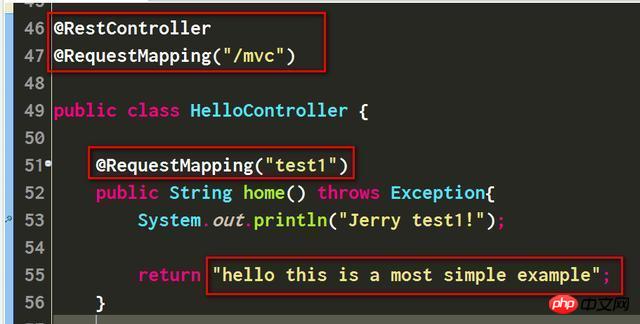
Use the url http://localhost:9098/MavenSandbox/mvc/test1 to test and you can observe the string returned by the home method. Behind this How does it work?

We answer through our own research. Set a breakpoint on line 53 of the above code. Visit the url http://localhost:9098/MavenSandbox/mvc/test1 again, and the breakpoint is triggered. We observe the call stack and find that there is a stack frame DispatcherServlet.doService(HttpServletRequest, HttpServletResponse). This Servlet will be responsible for adding the return string in the method annotated with @RequestMapping to the HttpServletResponse. This is why we can see the return string in the browser.
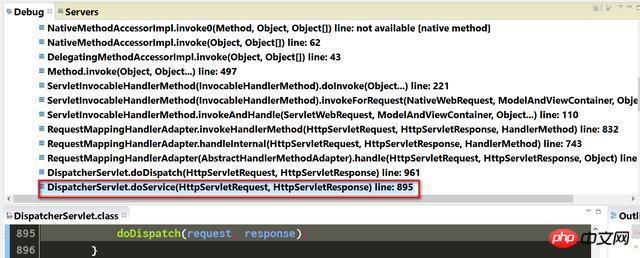
Let’s see if the HttpServletResponse in DispatcherServlet.doService contains the output string we expect. Expand the response variable in the debugger:
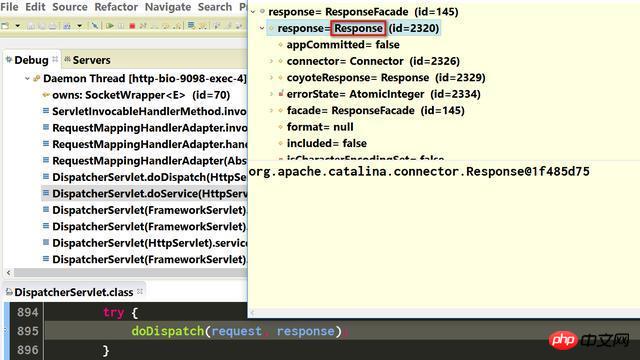
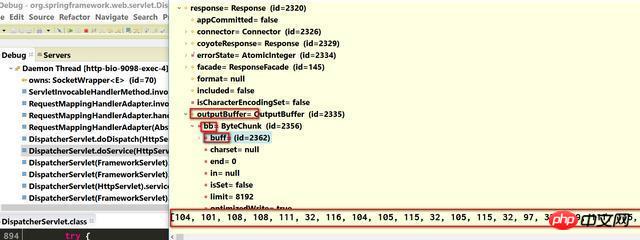

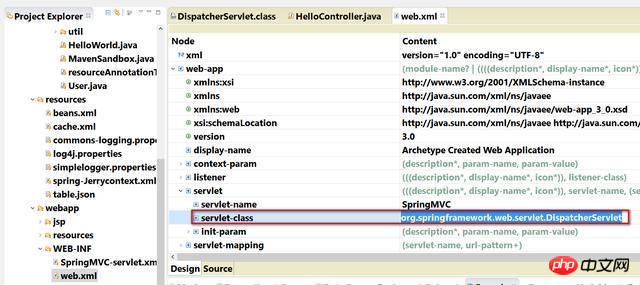
The above is the detailed content of Why can Spring MVC respond to HTTP requests? (Detailed explanation of reasons). For more information, please follow other related articles on the PHP Chinese website!

Hot Article

Hot tools Tags

Hot Article

Hot Article Tags

Notepad++7.3.1
Easy-to-use and free code editor

SublimeText3 Chinese version
Chinese version, very easy to use

Zend Studio 13.0.1
Powerful PHP integrated development environment

Dreamweaver CS6
Visual web development tools

SublimeText3 Mac version
God-level code editing software (SublimeText3)

Hot Topics
 Break or return from Java 8 stream forEach?
Feb 07, 2025 pm 12:09 PM
Break or return from Java 8 stream forEach?
Feb 07, 2025 pm 12:09 PM
Break or return from Java 8 stream forEach?













